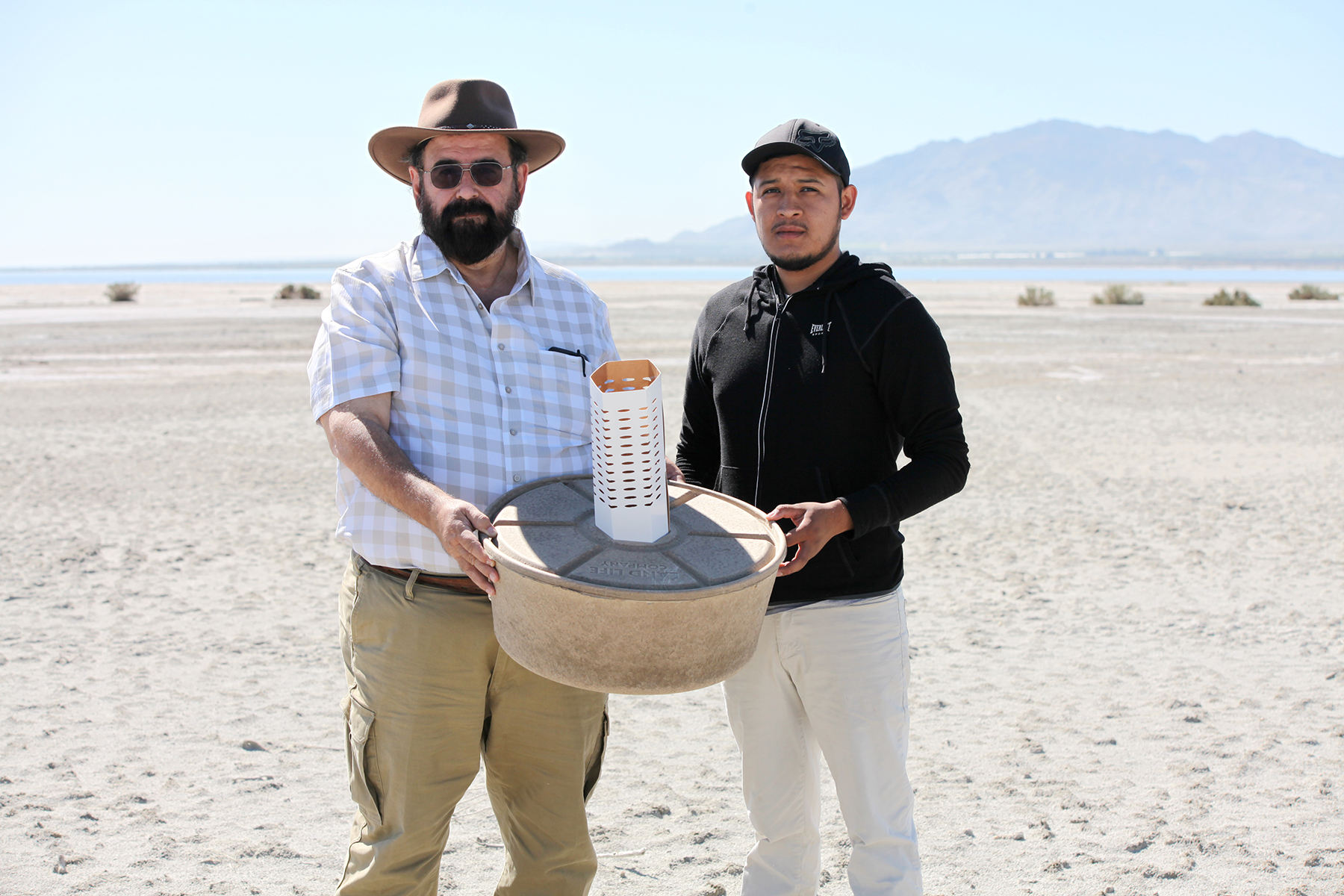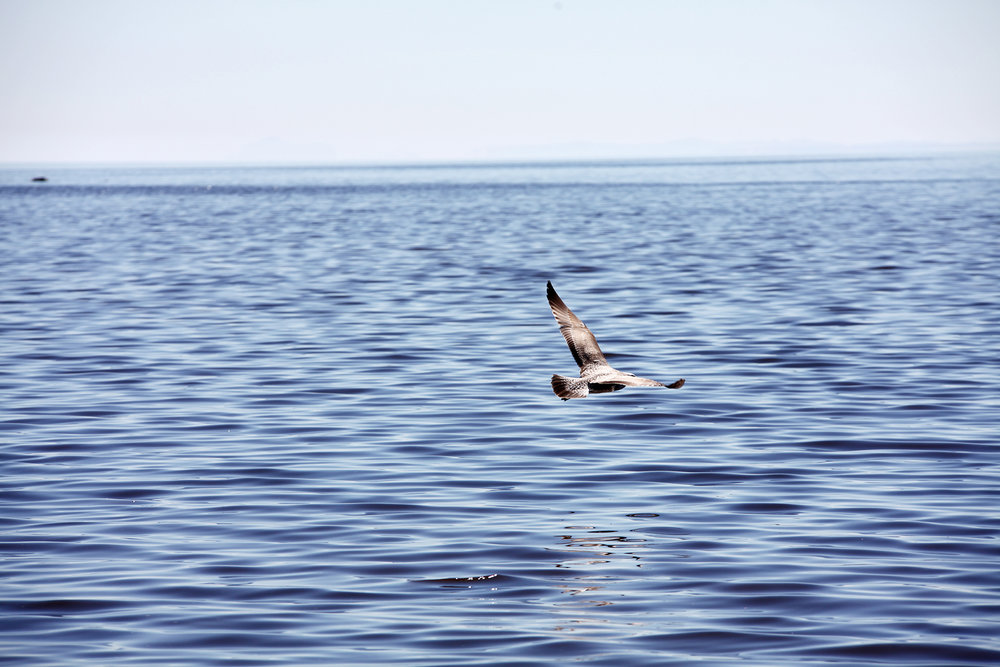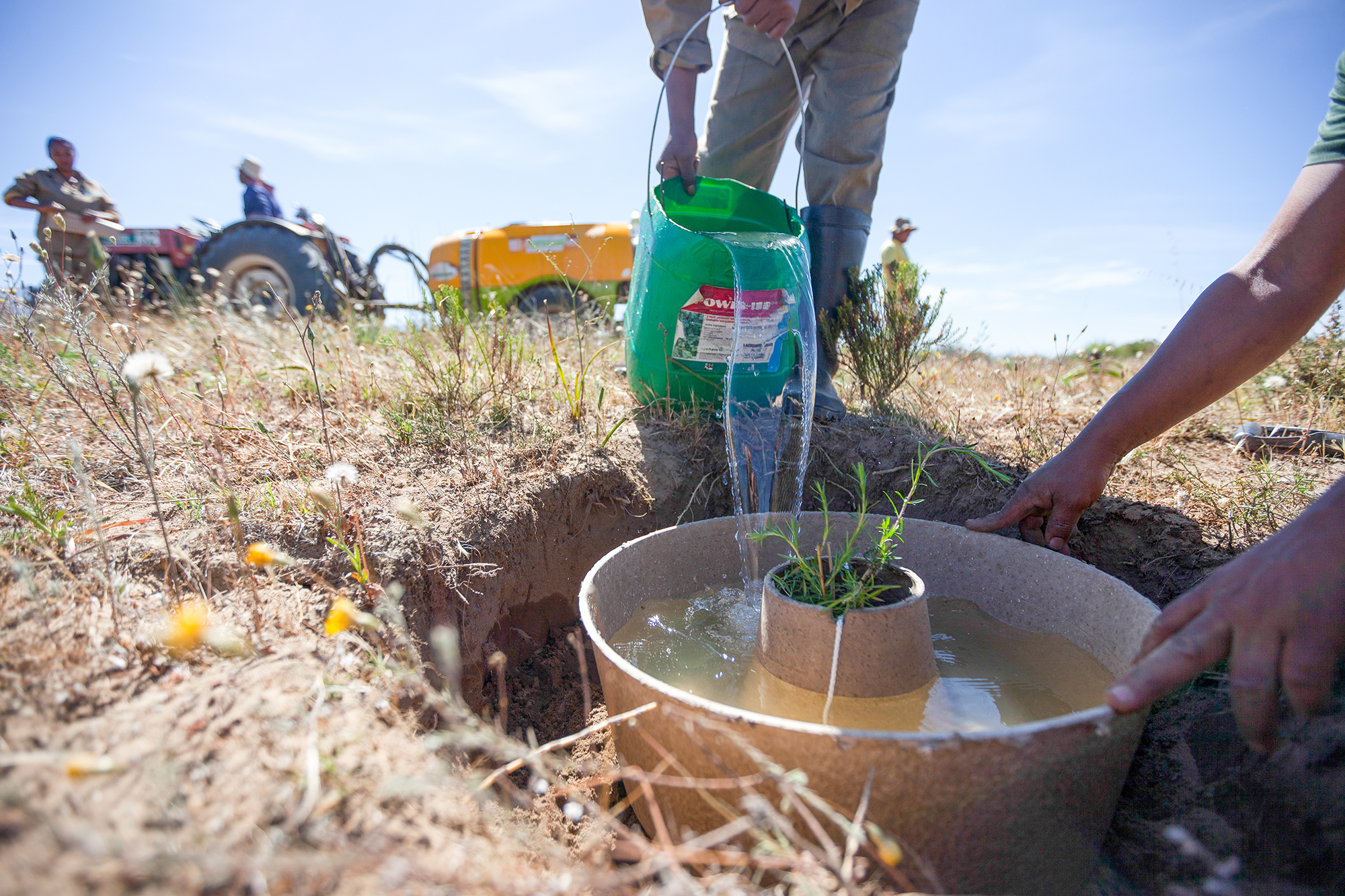Land life: The Torres-Martinez Desert Cahuilla Indian tribe can be translated as 'among the palms, deer moon.' Can you tell us about this land when the tribe first came to live here in the 1870's?
Tribe: The deer is an odd image because the Salton Sea is not a natural deer habitat. The image comes from a story that one of the tribe elders told about when the tribal land was flooded in 1905. At the time, people escaped the floodwaters by climbing up the Santa Rosa mountains. As the waters receded, the people returned to their lands, and at night they would see deer who had also come down the mountains among the palms.
LLC: How would you describe the tribeís history with the land, the Salton Sea lake and the harsh surroundings?
Tribe: After the flood waters receded, about half of the tribal lands were under water. Some tribal members lost all of their 40 acre parcels due to the flood. It took 70 years for the federal government to provide any kind of settlement to the tribe for the damage caused.
“These environmental challenges hit the tribe particularly hard. While others can simply move away as the Salton
Sea becomes more and more polluted, the tribe cannot. This is their ancestral home and there will always be Cahuilla Indians there.”
In the first half of the 20th Century, the Salton Sea contained relatively fresh water and supplied the tribe with fish and birds to hunt. There were also economic benefits from tourists/vacationers who
came to the area. But as agricultural runoff continued to pour into the area carrying toxic chemicals, the water became more saline and polluted. Fish started to die off and the bird population is decreasing. Recently, more toxins have become exposed due to evaporation and the elimination of water inflows. The health effects are of grave concern to us - Cahuilla elderly and young are particularly affected by toxic dust with asthma becoming more and more commonplace.
LLC: How many tribespeople still live in or around the Salton Sea?
Tribe: About 1/2 of Cahuilla people live on tribal lands near the Salton Sea; 600-700 people, half of whom are under 18.
LLC: Can you tell us about the Salton Sea Management Plan? What importance does restoration have for the Torres-Martinez Desert Cahuilla tribe?
Tribe: The tribeís goals for the restoration work is to demonstrate effective ways of improving air quality issues (especially toxic dust) and grow the fish and wildlife populations in the area. Most species of fish have already died off - if the tilapia start dying, birds on the Pacific Flyway will have nothing to eat.
LLC: What is your dream for the future of the tribe and the Salton Sea land?
Tribe: As a Tribal people we value the land, air and language and believe these are interconnected through our culture and traditions. We are collaborating with the Salton Sea Authority Board, the Coachella Valley Association of Governments (CVAG), the State Water Resources Department, and the U.S. Army Corps of Engineers to protect and rebuild this important wildlife habitat that has been and will always be our home.




